In August 1942, the US Navy airship L-8 returned from a patrol but its two pilots disappeared and their fate remains a mystery.
At approximately 6 a.m. on August 16, 1942, the U.S. Navy blimp L-8 took off from a small airfield on Treasure Island, an artificial island built in San Francisco Bay, to conduct a routine surveillance mission during World War II. On board were Lieutenant Ernest DeWitt Cody and Second Lieutenant Charles Ellis Adams.
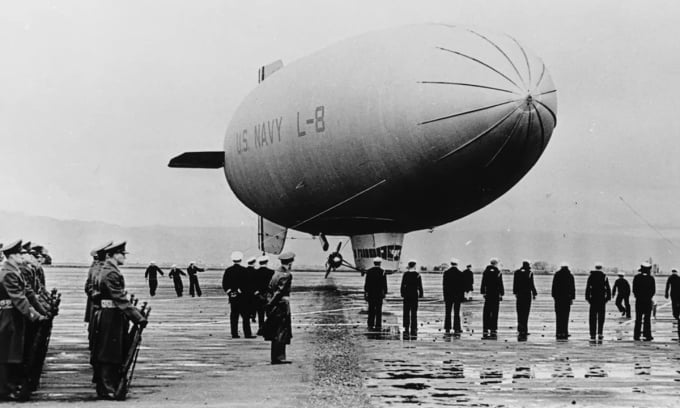
The L-8 airship before the disappearance of its two pilots. Photo: Moffett Field Historical Society
Five hours later, the balloon crashed into a suburban street in Daly City, California, damaging several roofs and downing power lines. Local firefighters rushed to the scene, extinguished the fire from the crash, and attempted to rescue the two-man crew. But they quickly discovered that no one was on board. Both pilots had disappeared. The press nicknamed the L-8: “The Ghost Balloon.”
By then, the United States had been in the war for more than eight months and was concerned about possible Japanese attacks on the West Coast. So, to guard against Japanese submarines, the U.S. Navy assembled a fleet of airships, much like they had on the East Coast, to patrol for German U-boats.
Most of the vehicles the U.S. Navy used for these missions were small airships. They consisted of a large air-filled balloon with a control compartment underneath. Because of their simplicity, airships could easily be operated by small crews. They could even fly without a crew unless they suffered a puncture that caused an air leak.
“The small balloons were perfect for coastal patrols,” says aviation historian Dan Grossman. “They could stay aloft for long periods, fly slowly and at very low altitudes, hover over targets, and operate in poor visibility or low cloud ceilings—all things that fixed-wing aircraft of the time couldn’t do.”
The L-8 was originally a Goodyear Tire Company airship built for advertising purposes. In early 1942, the Navy acquired it and four other L-series airships and stationed them at Moffett Field in Santa Clara County, California, which had several large airship hangars.
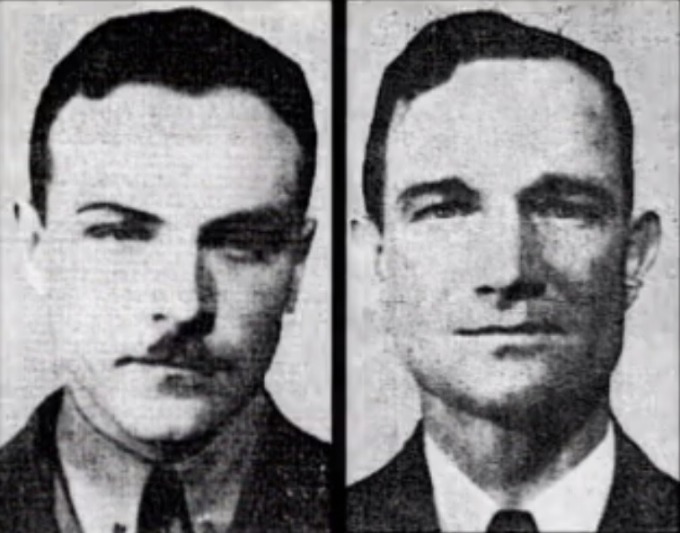
Ernest DeWitt Cody (left) and Charles Ellis Adams. Photo: Telegraph
Cody and Adams were both experienced balloon pilots. Cody, 27, had graduated from the Naval Academy in 1938. Adams, 34, had served in the Navy for more than a decade. He had survived the famous crash of the USS Macon balloon off the coast of California in 1935.
A third person, James Riley Hill, was briefly on board, but Cody asked him to leave just before the L-8 took off from Treasure Island. Hill believed Cody was concerned that the extra person would overload the airship.
The first hour and a half of the flight was uneventful. At about 7:50, two men radioed that they had spotted an oil slick on the seabed, possibly a submarine, and were investigating. That was the last they were heard from.
Concerned when L-8 failed to report back, the navy sent out a search plane. A nearby military base reported that the balloon had landed and both pilots were safe. But this news soon proved to be false.
The balloon actually landed on the beach about two kilometers away. Witness fishermen said there was no one on board. If two pilots had been inside, they would have been unhurt because the balloon landed so gently. Some fishermen tried to anchor it, but the balloon floated and rose out of the water, drifting inland toward Daly City, eventually crashing in front of a house.
Police and Daly Fire Department rescuers found the balloon's control hatch open, but there was no sign of fire or other damage. The onboard radio was functioning normally, and both men's parachutes were intact.
The airship was missing the anti-submarine equipment it normally carried, but was soon discovered on a nearby golf course. Aside from the two men, the only thing missing from the airship were their life jackets. This in itself was not surprising, as it was standard practice for pilots to wear life jackets while flying.
Things became even more mysterious as authorities investigated. The waters off San Francisco that day were busy with fishing boats, as well as navy and coast guard vessels, so the balloon’s movements were widely seen. According to witnesses, the balloon dropped two smoke bombs on the oil slick to mark its location, then rose higher. A search plane spotted it at an altitude of nearly 2,000 feet, twice its normal altitude, before it plunged below the clouds.
Meanwhile, on the ground, hundreds of people watched as the balloon deflated and became increasingly deformed, with one person describing it as looking like a "big, spoiled sausage".
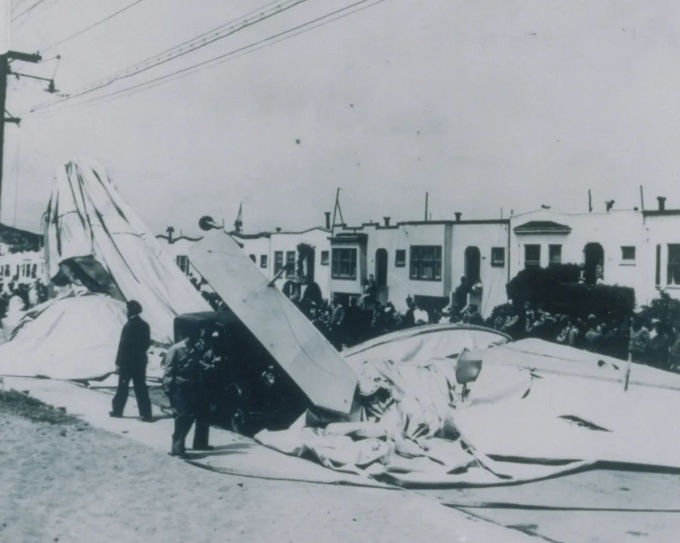
The wreckage of the L-8 blimp on a suburban street in Daly City, California, on August 16, 1942. Photo: National Archives via Moffett Field Historical Society
Witnesses gave conflicting accounts. Some claimed they saw no one on board. A woman riding a horse in the area said she used binoculars and saw not two but three people on board. Others said they saw two men parachute out of the balloon.
Many experts today support the theory that the two pilots simply crashed, perhaps when one went to fix something outside the balloon and slipped, and the other fell in while trying to save his comrade. The Navy also supports this explanation, but more than 80 years later, they still note that everything is "pure speculation."
Vu Hoang (According to Smithsonian Magazine )
Source link




![[Photo] Prime Minister Pham Minh Chinh chairs meeting to deploy overcoming consequences of storm No. 10](https://vphoto.vietnam.vn/thumb/1200x675/vietnam/resource/IMAGE/2025/10/3/544f420dcc844463898fcbef46247d16)
![[Photo] Students of Binh Minh Primary School enjoy the full moon festival, receiving the joys of childhood](https://vphoto.vietnam.vn/thumb/1200x675/vietnam/resource/IMAGE/2025/10/3/8cf8abef22fe4471be400a818912cb85)
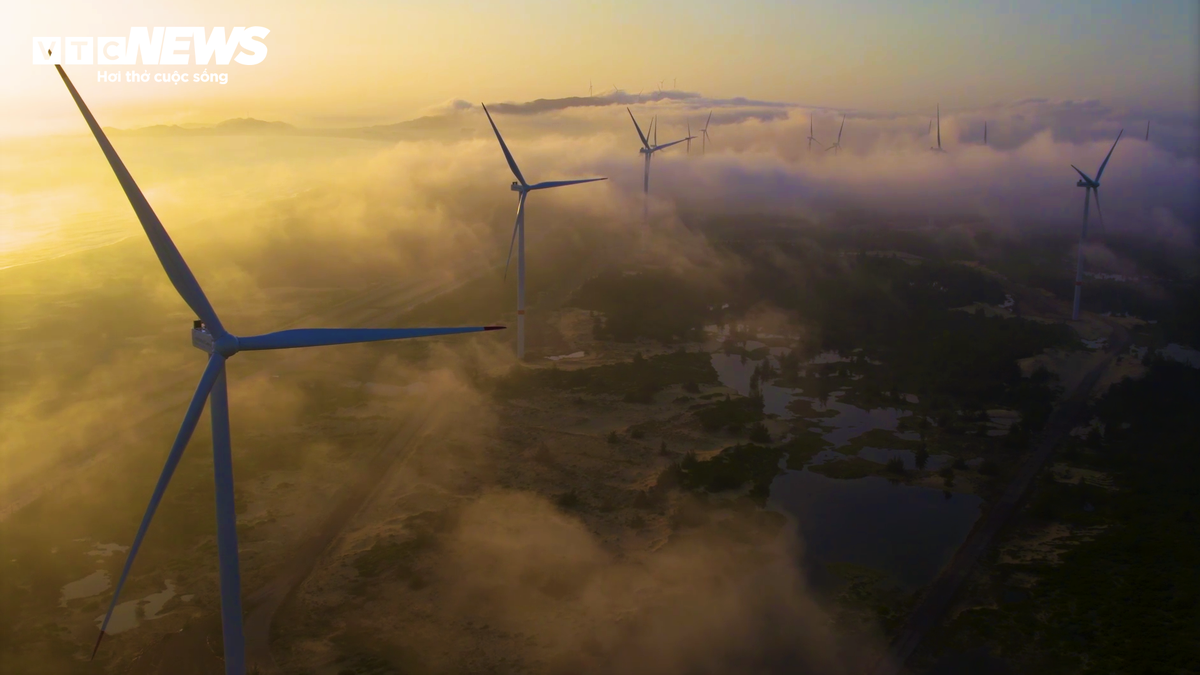





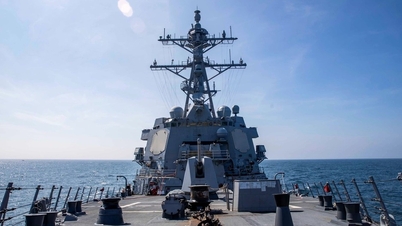


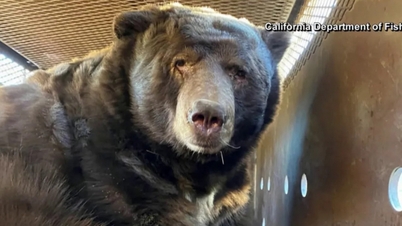
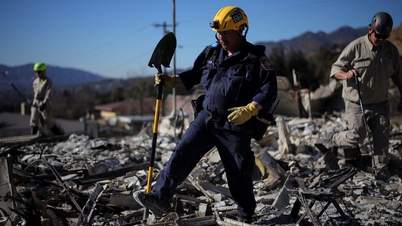


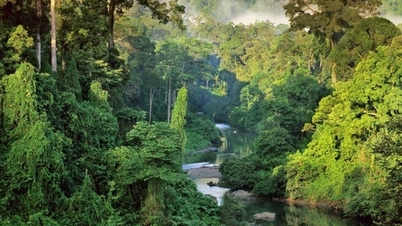

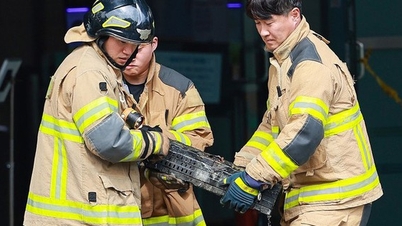

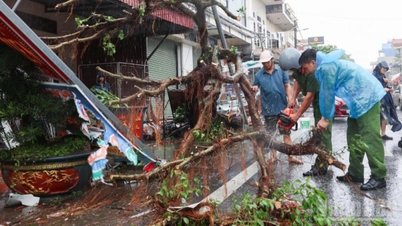


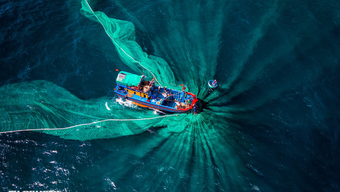
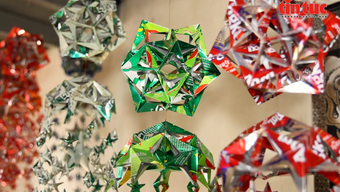








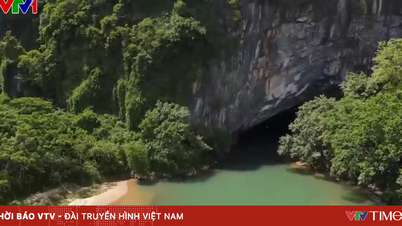







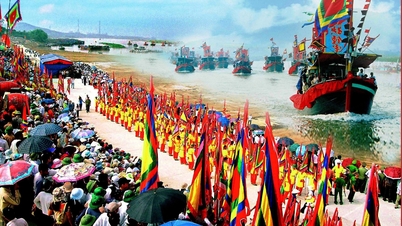





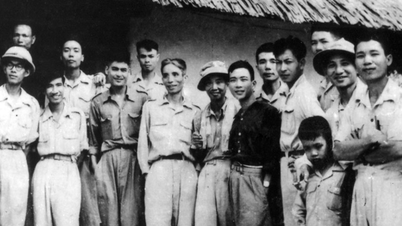

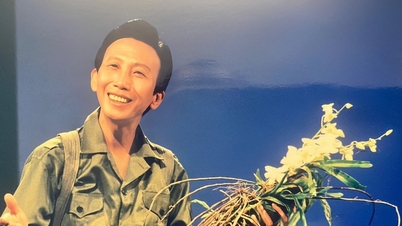
























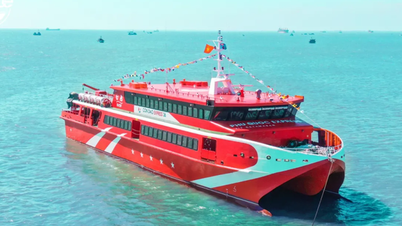



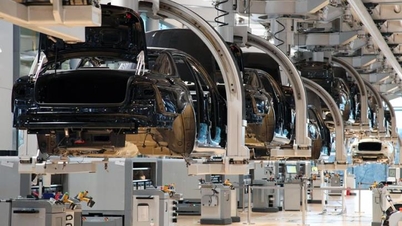








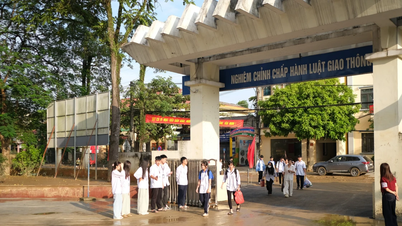

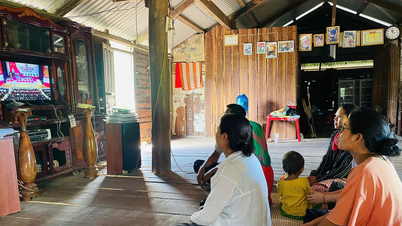









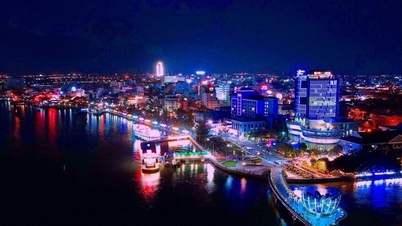





Comment (0)